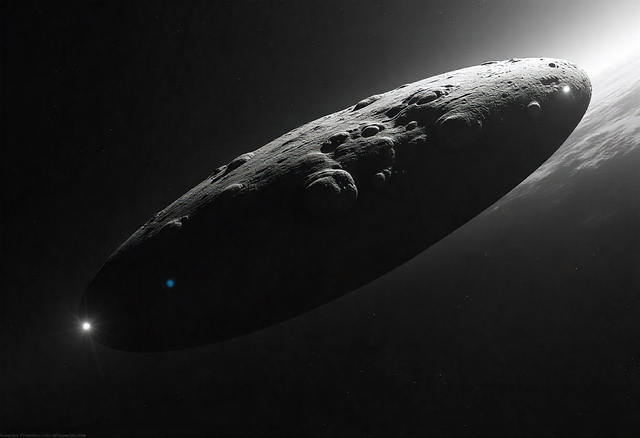New data from the interstellar object 3I/Atlas
New data from the interstellar object 3I/Atlas

This object was captured for the first time on June 14, but at that time it could not be identified as coming from interstellar space. It was believed that it would be another comet in the solar system. After that date, numerous telescopes around the world have collected data and on July 1, specifically, the Atlas survey telescope in Río Hurtado, Chile, reported the key data and the first key observations that confirmed that it was a comet from interstellar space.

Asteroids differ from comets because asteroids are made of rock and dust, they are dry, while asteroids have frozen gases, they also have water, but they also have many more frozen elements and are much more abundant.

My hypothesis is that it is a very old interstellar comet, it would be wonderful to be able to analyze it, we cannot send a ship to intercept it because it is going very fast and we do not have time, but if we could send a ship to collect the remains that it leaves in its wake, like any comet, the tail of comets is made up of dust and small fragments that it leaves in its wake, a ship could be sent to analyze those fragments because we are talking about a very ancient object.
The images without reference were created with AI
Thank you for visiting my blog. If you like posts about #science, #planet, #politics, #rights #crypto, #traveling and discovering secrets and beauties of the #universe, feel free to Follow me as these are the topics I write about the most. Have a wonderful day and stay on this great platform :) :)

